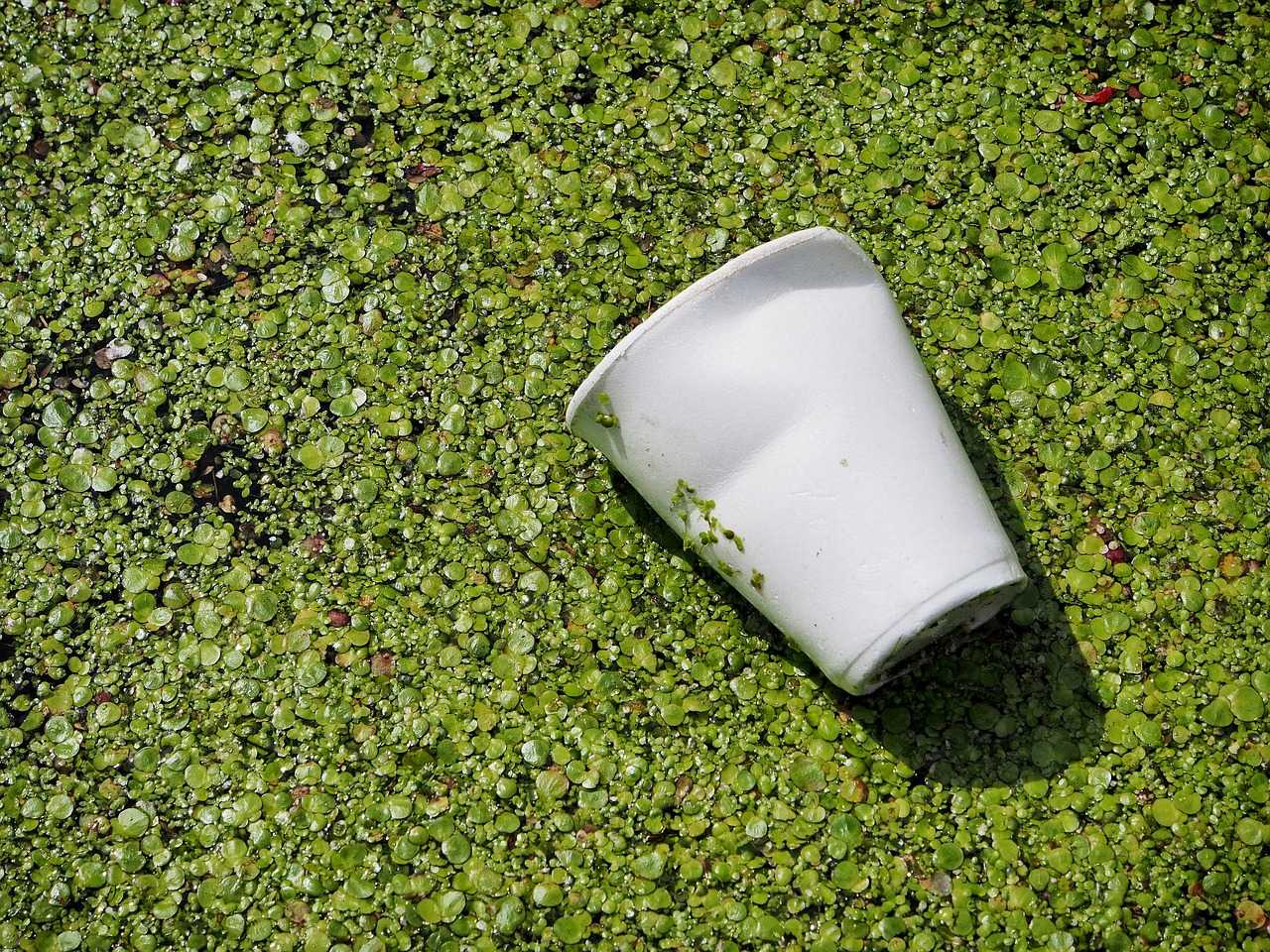
Biodegradable
We produce different kinds of waste daily that can be mainly divided into two categories – biodegradable and non-degradable wastes. It is essential to know what biodegradable and non-degradable wastes are, as waste we produce directly impacts the environment.
Knowing how to identify them is healthy for the environment as one (biodegradable waste) is profitable and the other (non-biodegradable waste) is harmful.
This article will cover: what are biodegradable and non-degradable wastes, how to identify them, the harmful effects of these wastes and the significant differences between them in detail.
Biodegradable Waste
Biodegradable waste is the kind of waste that can be decomposed into simple organic molecules like water, carbon dioxide, methane, or various chemicals. The stimulation of decomposition occurs by the microorganisms acting on the waste by initiating various processes like composition, anaerobic and aerobic digestion.
In other words, biodegradable waste can be broken down with the help of natural agents like microorganisms, water, sunlight, ozone and more. Upon decomposition and degrading of the waste naturally, the waste turns into organic manure.
Biodegradable waste is not harmful to the environment. This kind of waste transforms into simpler forms that are non-toxic and contain only natural elements—for example, fruits, flowers, plants, vegetables, animals, water, paper, etc.
Biodegradable materials
Biodegradable materials are quite easy to handle. They decompose easily through natural processes like the action of fungi, bacteria and other living organisms.
The use of biodegradable materials is encouraged throughout the communities because the waste produced by biodegradable materials is profitable to the health of the environment.
Biodegradable materials can be composted and then further utilised as organic manure; the organic-rich material formed after composting is called humus. A few examples of biodegradable materials are listed below:
- Paper and food waste.
- Sewage sludge.
- Human waste.
- Hospital waste.
- Food waste
- Dead animals and plants.
- Slaughterhouse waste
Decomposition
Decomposition is the process when microorganisms or bacteria consume biodegradable materials. This material is put into the pit to stimulate the process of decomposition.
Two important factors that play an important role in decomposition are the temperature at which the material is being decomposed and the amount of sunlight it is receiving.
Microorganisms ignore synthetic fibres because they do not decompose and are known as non-biodegradable waste. Synthetic fibres take at least a decade to decompose and, therefore, remain in the environment.
Synthetic fibres are toxic materials that directly impact water and soil and remain for many years in the environment. If the process of decomposition does not take place, the outcome could be so hazardous to the environment.
The table below describes the duration some mostly used products take to decompose:
| Cotton rags | 1-5 months |
| Paper | 2-5 months |
| Rope | 3-14 months |
| Orange peels | 6 months |
| Wool socks | 1 to 5 years |
| Leather shoes | 25 to 40 years |
| Plastic coated milk cartons | 5 years |
| Cigarette butts | 1 to 12 years |
| Nylon fabric | 30 to 40 years |
| 6-pack holder rings (plastic) | 450 years |
| Glass bottle | 1 million years |
| Plastic bottles | Forever |
Harmful effects of Biodegradable Waste
There are many harmful effects of biodegradable waste materials. For example,
- When biodegradable waste is burned, certain gases are emitted, which are responsible for bad odour.
- The risk of infectious diseases increases between plants, humans and animals. This is caused by microbes that are responsible for the large production of microbial flora.
- When the waste is collected in large amounts, it becomes the carrier of rats and mosquitoes to spread communicable diseases.
Non-Biodegradable Waste
Non-biodegradable waste materials are the source of pollution in the environment because they cannot be degraded into simpler and natural substances.
The natural ways, like microorganisms consuming waste, do not occur for non-biodegradable waste, and thus, they remain in the environment for a long time.
Many inorganic substances are non-biodegradable waste. Since non-biodegradable waste cannot be recycled, they are a serious threat to the environment. The most commonly used non-biodegradable waste is plastic that is used in day-to-day life.
Plastic does not decompose and cannot be recycled; they remain in the environment for a longer period, and that’s why an alternative is necessary to replace the use of plastic.
Harmful effects of Non-Biodegradable Waste
There are a lot of harmful effects of non-biodegradable waste materials; some are listed below:
- The presence of non-biodegradable material in the environment directly adversely impacts flora and fauna.
- It affects the quality of the water, that is, the aquatic life. The water index gradually deteriorates, which makes the water unfit for consumption.
- The properties of soil change in terms of fertility and its pH value.
Few examples of non-biodegradable waste materials:
- Glass
- Hazardous substances
- Metals
- Plastic
- Pesticides
- Fibres
- E-waste
- Artificial rubber and polymers
Differences between Biodegradable and Non-Biodegradable Waste
| Biodegradable Waste | Non-biodegradable Waste |
| Biodegradable waste can be broken down into non-poisonous and simple substances by the action of bacteria, fungi, or micro-organisms found in nature. | Non-biodegradable waste cannot be broken down into non-poisonous and simple substances by the action of bacteria, fungi or micro-organisms found in nature. |
| They can be recycled by man as well as naturally. Their products do not harm or pollute the environment. | They cannot be recycled by man as well as naturally. Their products are hazardous and cause environmental pollution. |
| They are composed of natural materials. | They are composed of synthetic materials. |
| They produce usable products after biodegradation. | They remain unchanged in form and chemically, as they are non-biodegradable. |
| There is no effect on the ecological balance of nature. | Non-biodegradable waste disrupts the ecological balance in nature. |
| Remain for a short period of time in the environment. | Remain for a longer time or forever in the environment. |
| Few examples are paper, animal waste like cow dung, etc | Few examples are plastic bags, cans, synthetic fibres, etc |
Conclusion
Both biodegradable waste and non-biodegradable waste materials impact the environment in different ways. There are a few harmful effects of biodegradable waste, but most of the impacts are positive.
The impacts of non-biodegradable are toxic and very hazardous to the environment because they don’t tend to break down on their own.





